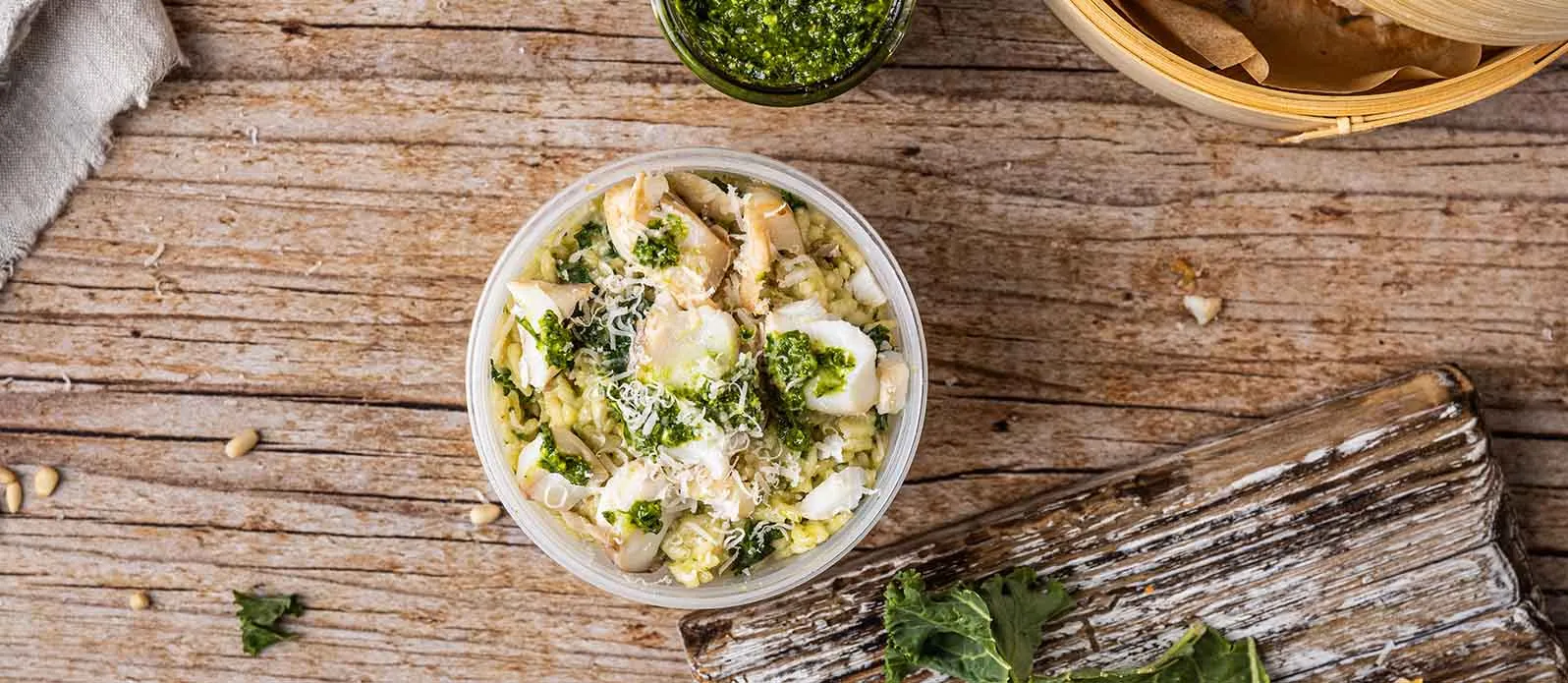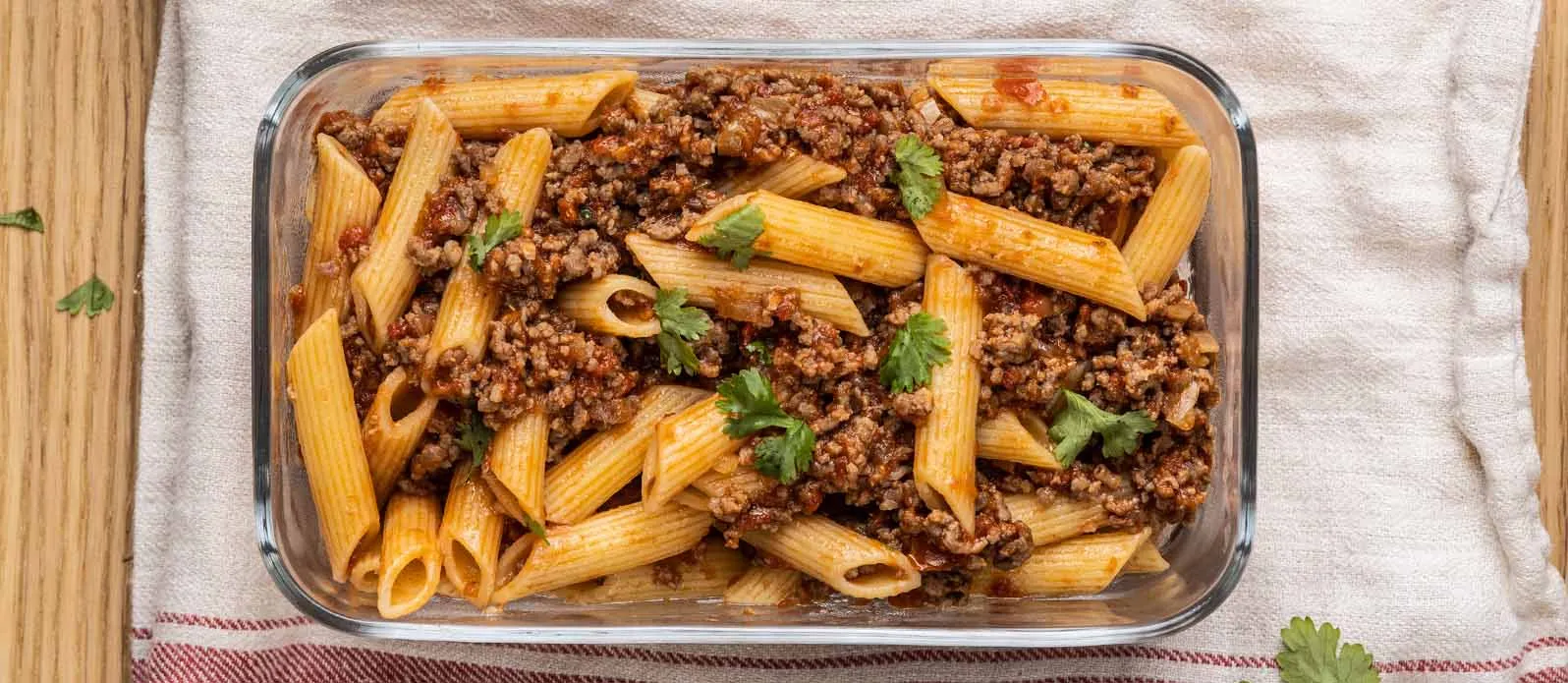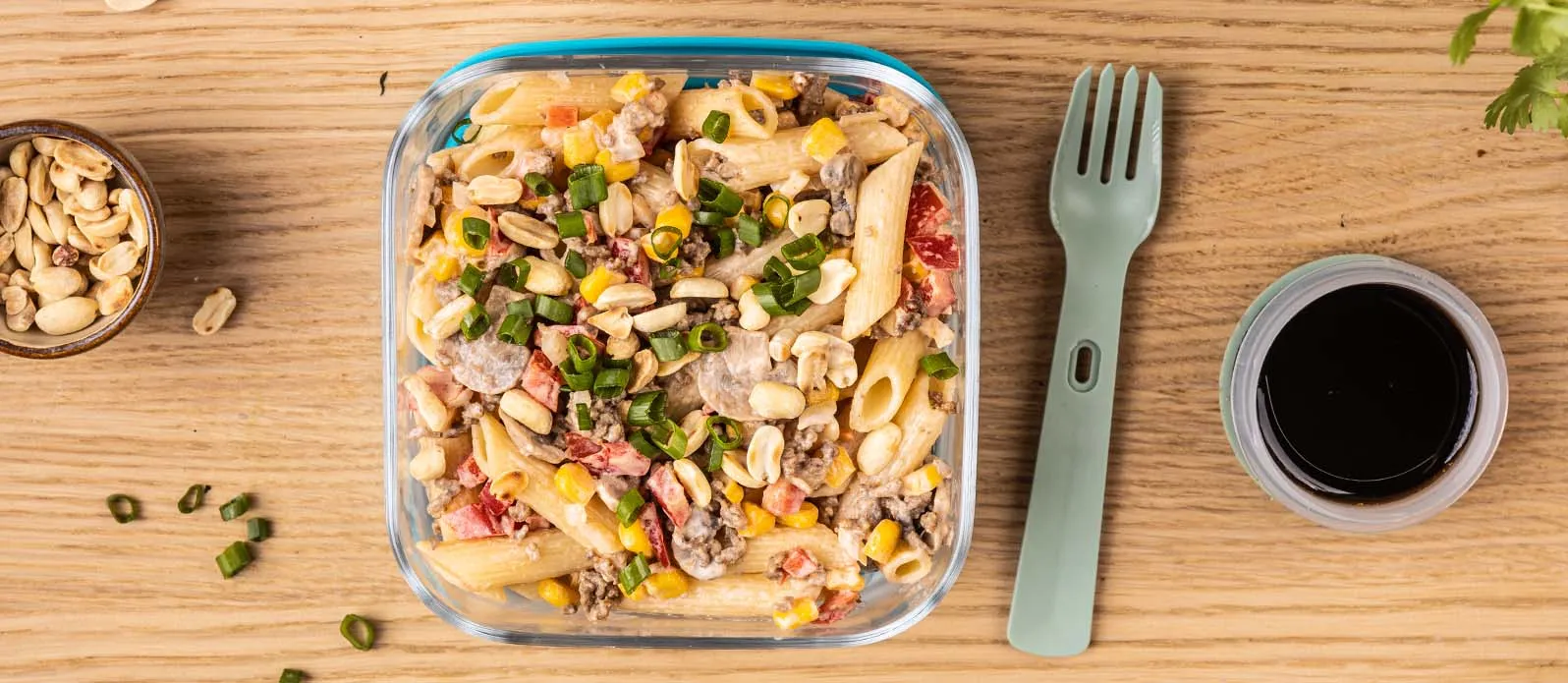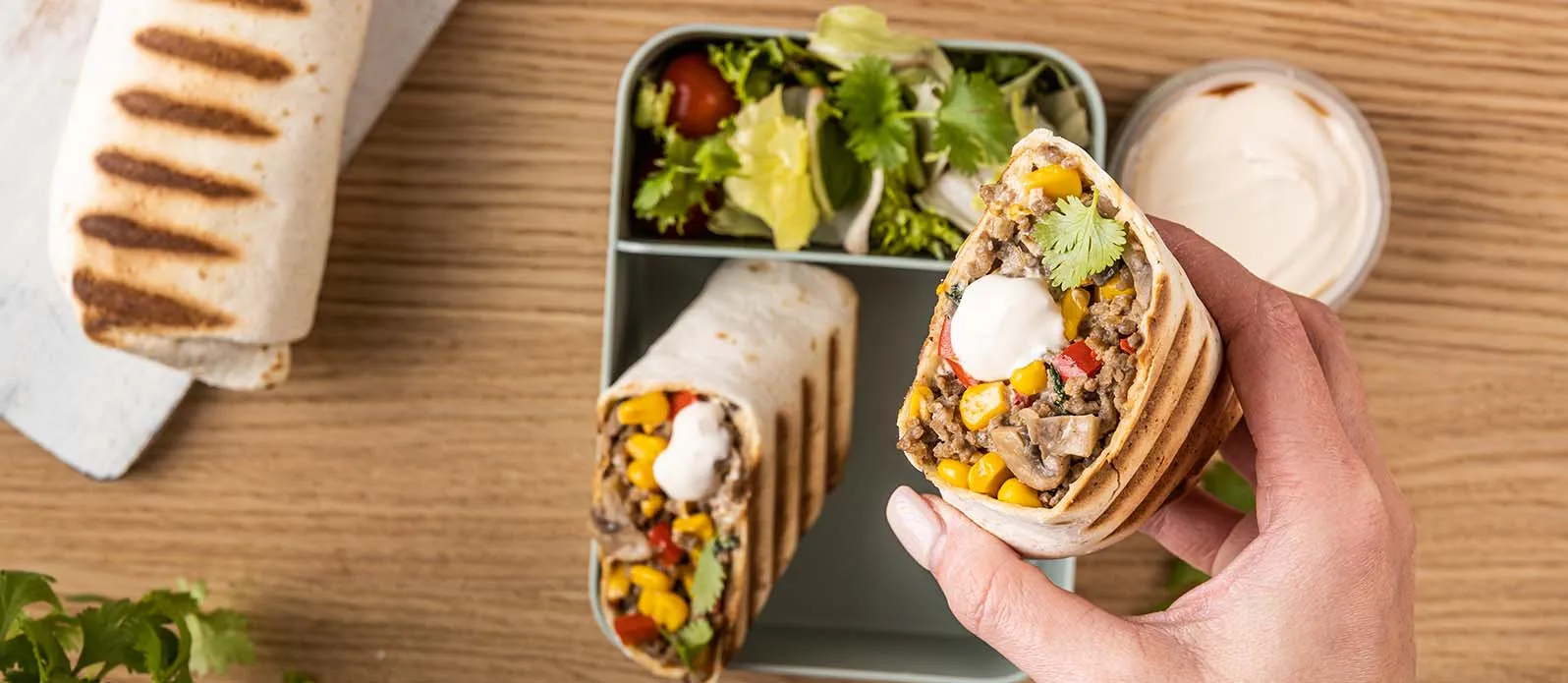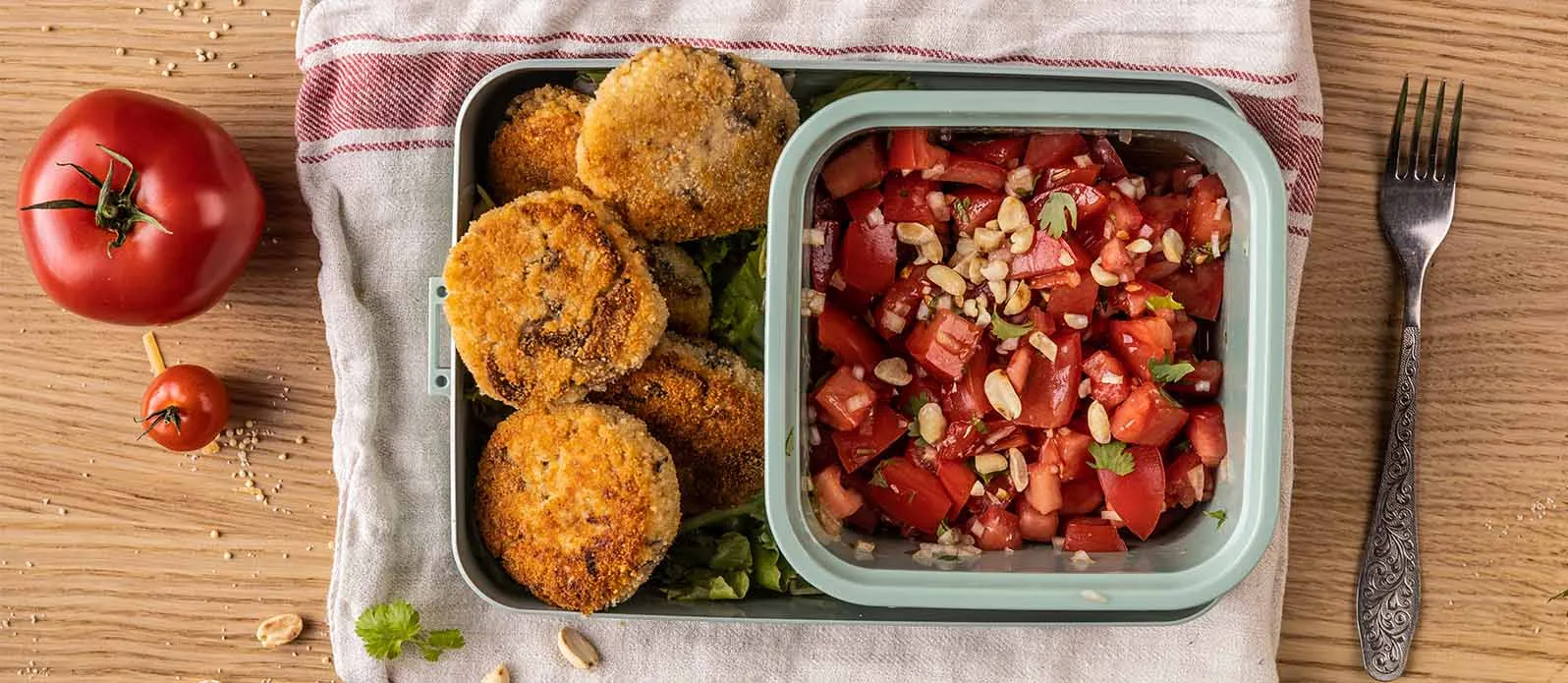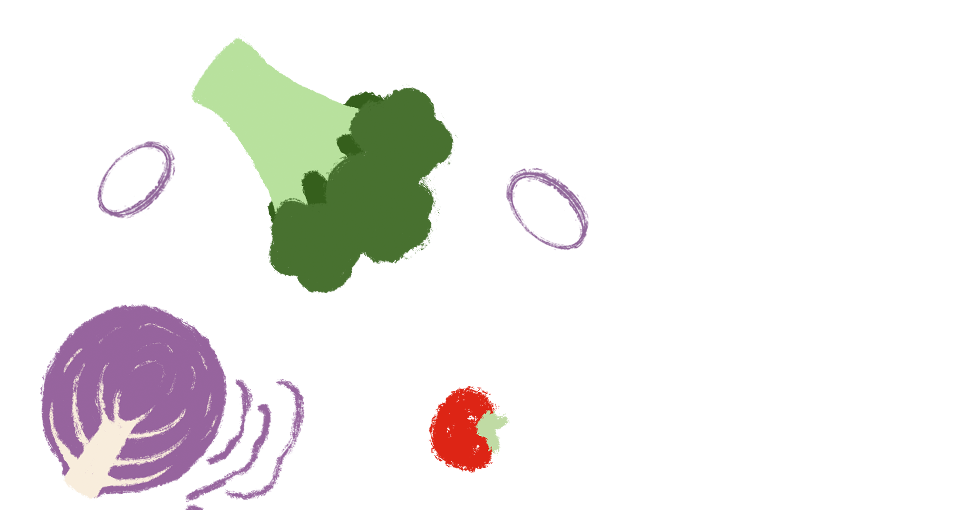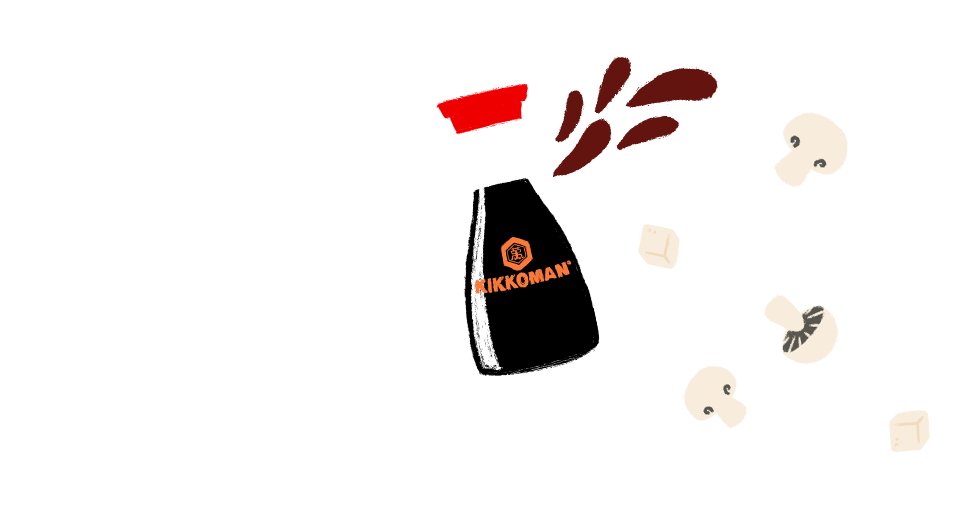The ultimate guide to pasta shapes
12. September 2022

How many types of pasta are there?
It is estimated that there are around 350 different pasta shapes that come from Italy! Some types even have multiple names depending on the region you are in.
The Italian names for pasta types are always plural, ending in masculine (-elli -ini -etti- illi) or feminine suffixes (-elle -ine), or meaning large (-oni -oli -one). Some pasta names dictate the size, for example spaghetti and the finer spaghettini.
Regional pastas often have amusing words to describe their shape– did you know strozzapreti from Emilia-Romagna means “priest strangler” and orecchiette from Pulia means “little ears”?
What are the most popular types of pasta?
All types of pasta have been specifically designed to hold the sauce in the best way, but most can be easily categorized into long, short, stuffed or soup shapes. We have picked out the top 12 popular pasta shapes sold in the UK and advise which sauces to serve with them.
(Note that Italians toss the sauce through the cooked pasta rather than spoon the sauce on top!)
Long:
- Spaghetti – long and cylindrical, this type is best for creamy, oil based or light seafood sauces that will cling to the strands. Spaghetti Carbonara is world famous, but one of the simplest traditional sauces is made from just garlic, olive oil and chilli pepper flakes (Spaghetti Aglio, Olio e Peperoncino)
- Linguine – similar to spaghetti but flatter, it should also be used for delicate sauces such as Linguine alle Vongole (Neapolitan clam sauce) or a tomato sauce
- Tagliatelle – Contrary to popular belief, this is the correct type to serve with a Bolognese ragu as the wider ribbons are perfect for holding rich meat sauces
Short:
- Fusilli – little spirals, ideal with meat or chunkier vegetable sauces as the grooves trap little pieces like bits of sausages or broccoli very well
- Penne – meaning “pen” or “quill” because these tubes are cut on an angle to resembles its namesake. They are suitable for thicker tomato or meat sauces as the sauce can be held inside. Also excellent for baked (al forno) dishes
- Farfalle – meaning butterflies in Italian. Also known as bow-ties, these are a versatile shape because the relatively large surface area can carry rich cheese, tomato or meat sauces. Sometimes you can buy these in different colours from delis, dyed with cuttlefish ink for black, spinach for green or beetroot for red.
- Conchiglie – seashell shaped, just made for chunky meat, seafood or vegetable sauces. You can buy giant ones too for stuffing and baking.
- Rigatoni – pasta tubes, larger than penne but use in a similar way with thick sauces or in bakes
Stuffed:
- Ravioli – square or round envelopes of thin pasta with a filling inside, usually served in a broth or a light sauce. Common fillings include spinach and ricotta or finely minced meat.
- Tortellini – a ring shaped stuffed pasta thought to resemble the belly button of Venus. Similar to ravioli, this is also served in a broth or thin sauce and can be filled with smooth cheese or meat mixtures.
Soup:
- Macaroni – small tubes or curved like elbows, these are well known for the dish macaroni cheese. The Italians use it in soups such minestrone.
- Orzo – tiny rice shaped pasta ideal for soups, but can also be used like rice in a pilaf or in a salad.
Pasta recipes
Ultimately there are no hard and fast rules when comes to home cooking, so feel free to use whatever pasta you have because the taste will still be fantastic!
Kikkoman soy sauce is not a traditional Italian ingredient, but its umami magic will bring out the flavour of pasta sauces. Try using it as a seasoning instead of regular salt to notch up the flavour. We’ve put together a few pasta recipes to help you get creative in the kitchen:


![[Translate to Englisch (UK):] [Translate to Englisch (UK):]](https://www.kikkoman.co.uk/fileadmin/_processed_/b/8/csm_305-recipe-page-mushroom-pasta-bake_desktop_fb77131570.webp)


![[Translate to Englisch (UK):] [Translate to Englisch (UK):]](https://www.kikkoman.co.uk/fileadmin/_processed_/e/d/csm_276_Fiery_vegetarian_Quorn_spaghetti_Desktop_Header_8916da0c71.webp)


![[Translate to Englisch (UK):] [Translate to Englisch (UK):]](https://www.kikkoman.co.uk/fileadmin/_processed_/0/c/csm_UK_Blog_7Steps_Header_2_Desktop_6fc06cbc26.webp)

